Knowledge Check
Which of the following condition(s) are associated with increased numbers of polychromatophilic cells on the peripheral smear:
True or false: spur cells typically contain a region of central pallor.
In assessing a peripheral smear of a patient with a positive direct antiglobulin test (DAT), you find very few platelets.
In which conditions are red cells more hypochromic:
The term “microcytic erythrocytosis” was used in the early 1900s to describe which condition:
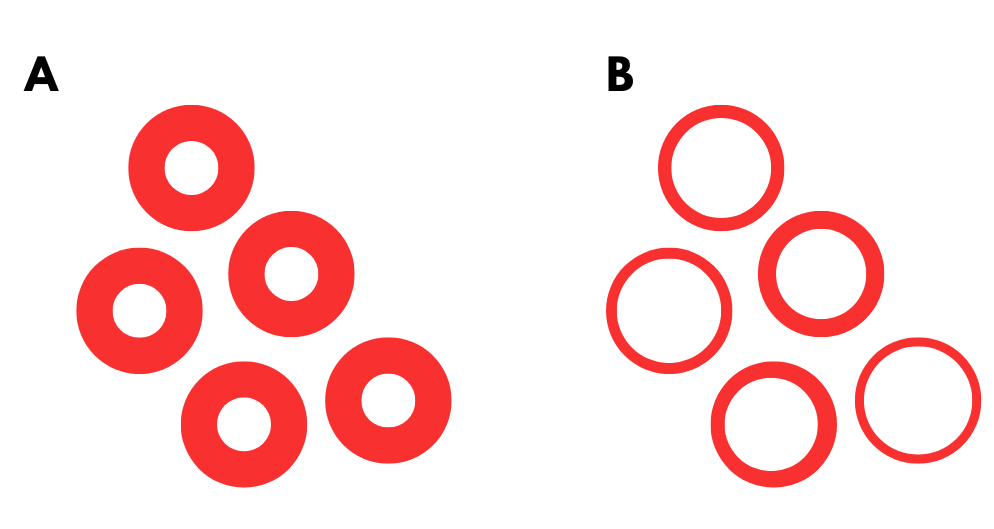
What term best characterizes the schematic in panel B (panel A is normal):
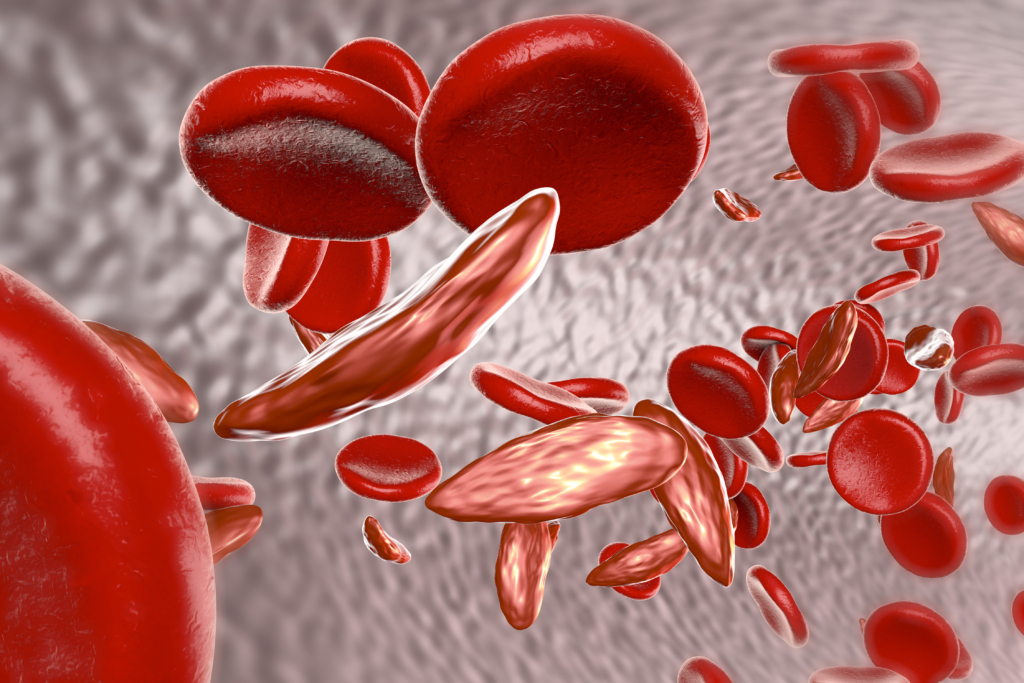
What type of poikilocyte is shown above:
The term “microcytic erythrocytosis” was used in the early 1900s to describe which condition:
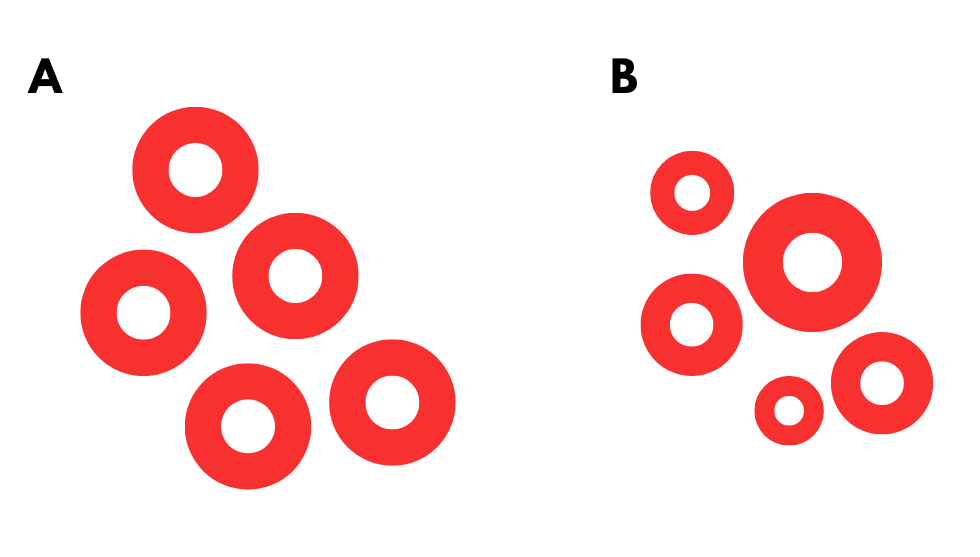
What term best characterizes the schematic in panel B (panel A is normal)
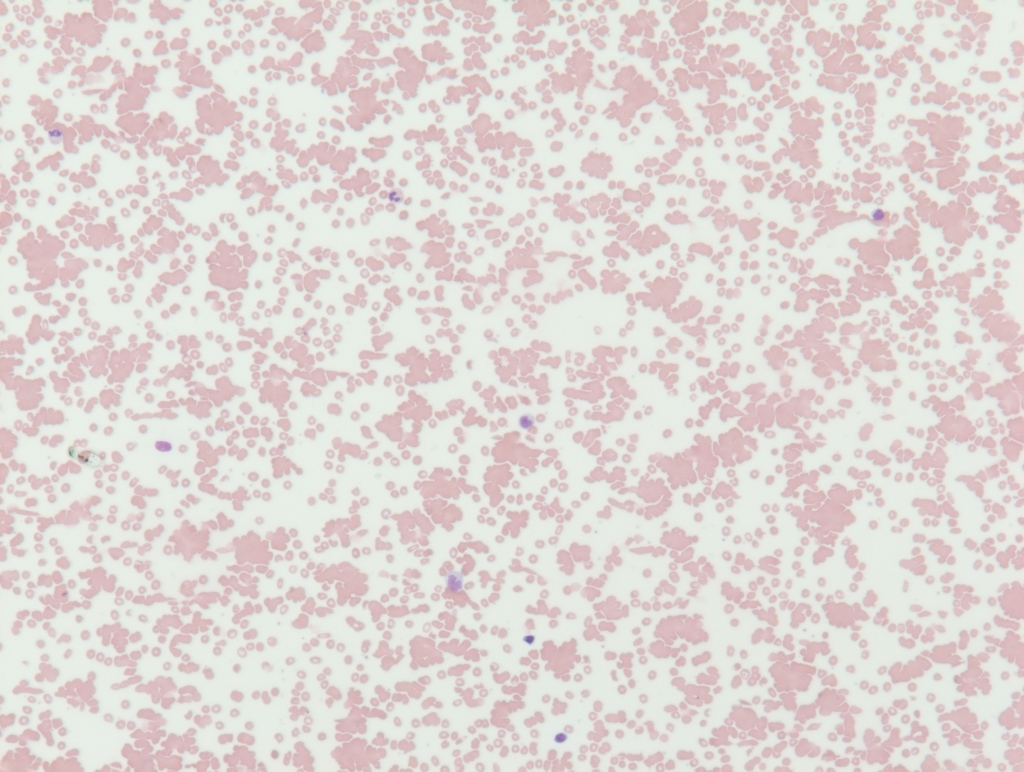
Macroovalocytes are typically seen in:
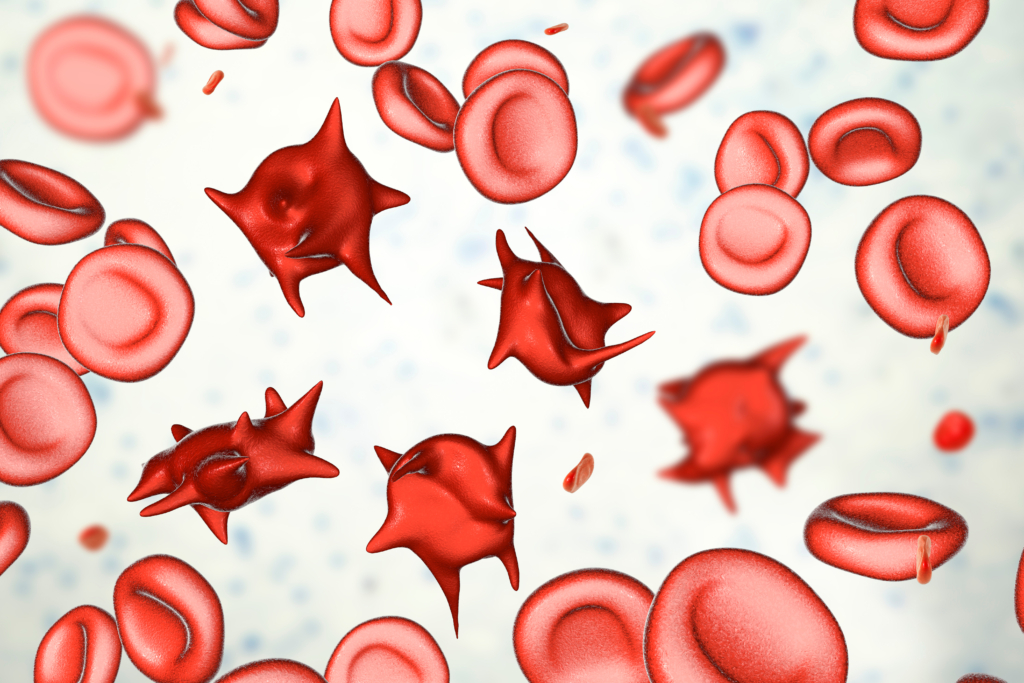
What type of poikilocyte is shown above:
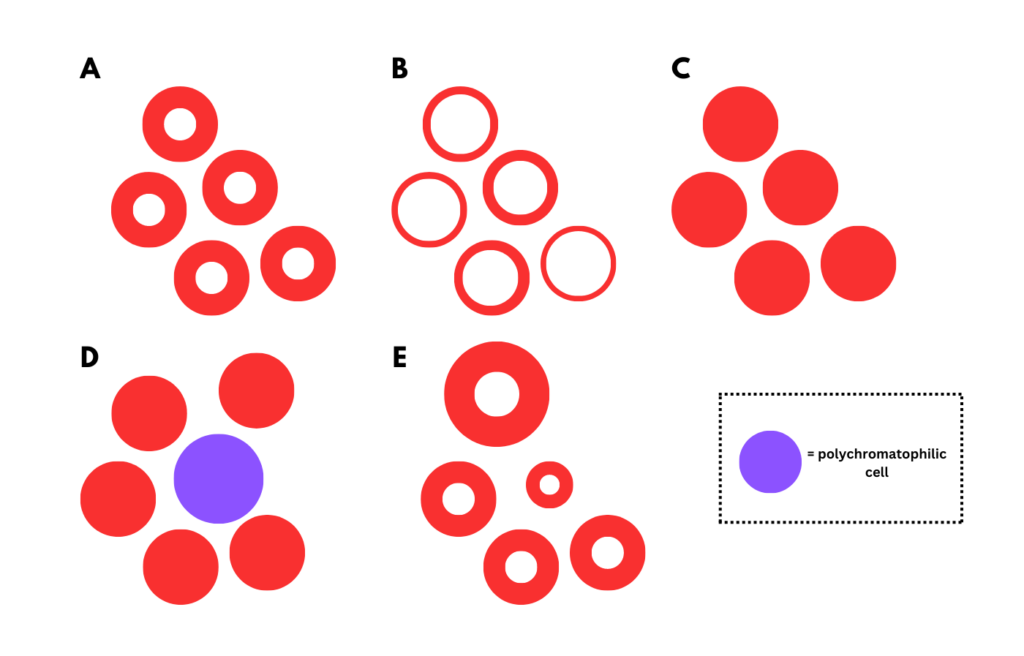
Which panel above is most consistent with warm autoimmune hemolytic anemia:
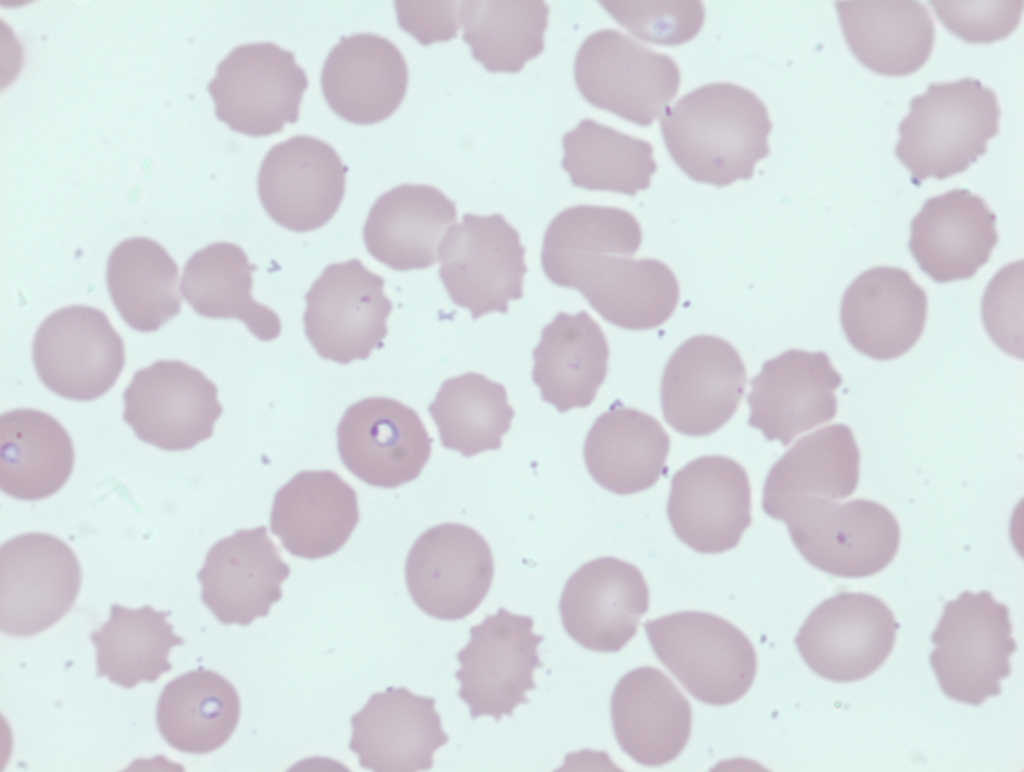
Which lab value(s) is/are likely to be elevated in this patient (more than one answer may apply):

